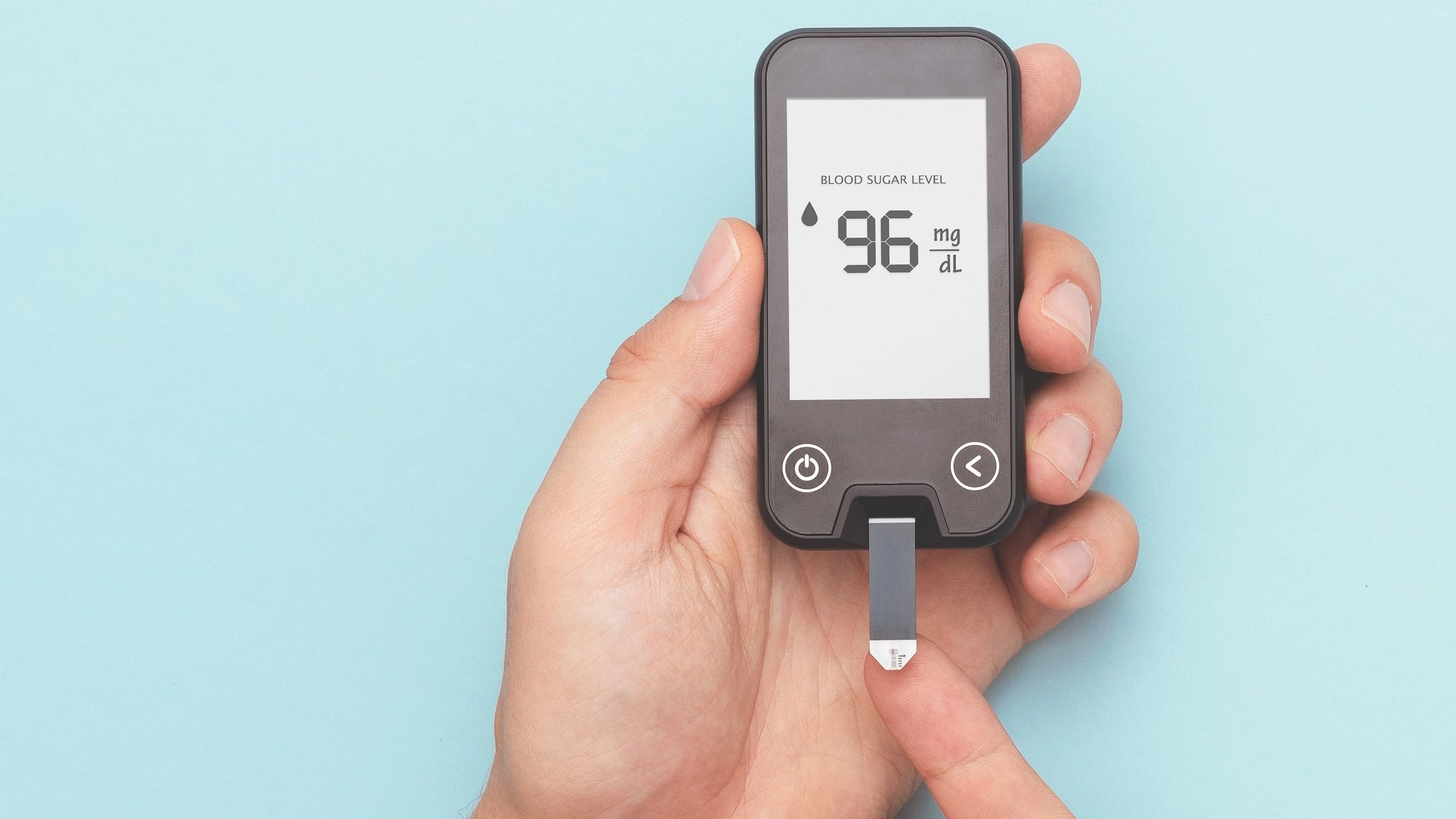
Image for representation,
Credit: Special arrangement
If one is unaware or has undiagnosed diabetes, it does not mean that diabetes isn’t present. Undiagnosed or untreated diabetes is more harmful and often progresses to a dangerous level swiftly. Diabetes in the initial stages can be present without symptoms and hence people can remain unaware of it. Sometimes, diabetes has mild symptoms, and people can often ignore this. Both factors contribute to an increased burden of undiagnosed or untreated diabetes. When diabetes goes unrecognised, it can swiftly worsen with a minor illness and progress to a dangerous life-threatening situation needing intensive care treatment. This person’s untreated diabetes directly causes panic when they show symptoms of vomiting, although they may eventually make a good recovery. The average time to develop moderate kidney disease (stage 3) is 14.5 vs 8.3 years, and stage 3 progresses to stage 4 kidney disease in 9.3 vs 5.8 years, in people with good vs poor diabetes control respectively.
The burden of undiagnosed diabetes for the society or the nation is also significant, and by extension, this increases untreated diabetes in patients, increases complications for people with diabetes and reduces the health of the nation. This indirectly increases the sickness and absenteeism among the working population, and reduces the productivity of the nation, while simultaneously increasing the health care costs for the family and society.
Can we realistically stop this problem?
Yes, we can! We can reduce undiagnosed diabetes through ‘annual testing’ of all people above 40 years. Those at high risk of developing diabetes (obesity BMI>23, waist circumference>90 cm in males>80 cm and in females, people with high cholesterol or high BP, women with polycystic ovary syndrome or gestational diabetes, and anyone with two or more close relatives with diabetes in the family) should be annually tested for diabetes at an even younger age. A blood test for someone identified as overweight can detect diabetes if they are aged below 40 years. The critical key to success is annual testing for diabetes proactively, especially in those with high-risk factors.
Which is the best test to do?
The HbA1c test can be done any time of the day, it is independent of the previous meal, and there is no need for fasting overnight. All these factors make this an ideal test for annual testing, and the result clearly identifies people without diabetes (<5.7%), with pre-diabetes (5.7-6.5%) or with diabetes (>6.5%). People can access a HbA1c test in any of the reputable labs and many labs also offer to do blood collection at home for a small cost.
The burden
The International Diabetes Foundation (2021) reports that one in two people is undiagnosed among the total diabetes population in India.
The Indian National Family Health Survey (2019-21), confirmed that 25% of people from 15 to 49 years who have diabetes were undiagnosed.
A further significant proportion of people with diabetes remain untreated or inadequately treated due to ignorance, misinformation or false beliefs that diabetes will go away. Many people manage diabetes without adequate monitoring; or unsuccessfully manage with diet and no medications. The SMART India study (2018-20) confirmed 46% of undiagnosed diabetes in people above 40 years; 75% with suboptimal (HbA1c >7%) and 40% with poor diabetes control (HbA1c >9%). A lack of awareness of diabetes risk in the Indian population (which has a high prevalence), associated with widespread physical inactivity and dietary indiscretion towards high sugar and high-calorie foods gradually pushes a far greater number of people towards diabetes year after year.
The financial and health burden of inadequately treated diabetes at an individual level is quite substantial. The health burden includes organ damage due to microvascular (kidneys, eyes, etc), or macrovascular complications (stroke, heart attack, amputations, etc), and this directly leads to reduced quality of life and reduced life expectancy.
(The author is a diabetes & paediatric consultant in the UK.)